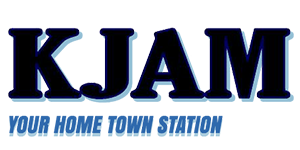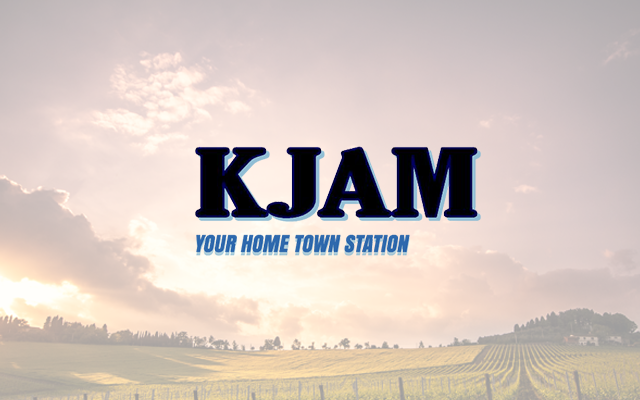Small Business Relief Information
Coronavirus Aid, Relief, and Economic Security (CARES) Act Information
Beware of Scams and Fraud (COVID-19)-SBA Loans Fraud Scams
South Dakota Governor’s Office of Economic Development Website
Employee Retention Credit
The Treasury Department and the Internal Revenue Service launched the Employee Retention Credit, designed to encourage businesses to keep employees on their payroll. The refundable tax credit is 50 percent of up to $10,000 in wages paid by an eligible employer whose business has been financially impacted by COVID-19.
“We encourage businesses to take full advantage of the Employee Retention Credit to keep employees on their payroll during these challenging times,” said Secretary Steven T. Mnuchin. “This new credit is available to all employers, regardless of size of business, and covers up to 50 percent of up to $10,000 in wages.”
The credit is available to all employers regardless of size, including tax-exempt organizations. There are only two exceptions: State and local governments and their instrumentalities and small businesses who take Small Business Loans.
Qualifying employers must fall into one of two categories:
- The employer’s business is fully or partially suspended by government order due to COVID-19 during the calendar quarter
- The employer’s gross receipts are below 50 percent of the comparable quarter in 2019. Once the employer’s gross receipts go above 80 percent of a comparable quarter in 2019 they no longer qualify after the end of that quarter.
These measures are calculated each calendar quarter.
For more information refer to the information below and consult your tax advisor.
HOW IS THE CREDIT CALCULATED?
The amount of the credit is 50 percent of qualifying wages paid up to $10,000 in total. Wages paid after March 13, 2020, and before December 31, 2020 are eligible for the credit. Wages taken into account are not limited to cash payments, but also include a portion of the cost of employer provided health care.
HOW DO I KNOW WHICH WAGES QUALIFY?
Qualifying wages are based on the average number of a business’s employees in 2019.
Employers with less than 100 employees: If the employer had 100 or fewer employees on average in 2019, the credit is based on wages paid to all employees, regardless if they worked or not. If the employees worked full time and were paid for full time work, the employer still receives the credit.
Employers with more than 100 employees: If the employer had more than 100 employees on average in 2019, then the credit is allowed only for wages paid to employees who did not work during the calendar quarter.
I AM AN ELIGIBLE EMPLOYER. HOW DO I RECEIVE MY CREDIT?
Employers can be immediately reimbursed for the credit by reducing their required deposits of payroll taxes that have been withheld from employees’ wages by the amount of the credit.
Eligible employers will report their total qualified wages and the related health insurance costs for each quarter on their quarterly employment tax returns or Form 941 beginning with the second quarter. If the employer’s employment tax deposits are not sufficient to cover the credit, the employer may receive an advance payment from the IRS by submitting Form 7200, Advance of Employer Credits Due to COVID-19.
Eligible employers can also request an advance of the Employee Retention Credit by submitting Form 7200.
WHERE CAN I FIND MORE INFORMATION ON THE EMPLOYER RETENTION CREDIT AND OTHER COVID-19 ECONOMIC RELIEF EFFORTS?
Updates on the implementation of this credit, a fact sheet and other information can be found on the Coronavirus page of IRS.gov.
COVID-19 Signage Required at Businesses
The Families First Coronavirus Response Act (FFCRA) requires most employers to post a notice for their employees regarding FFCRA requirements by April 1.
The notice must be posted in a conspicuous place on the premises. An employer may also satisfy this requirement by emailing or direct mailing the notice to employees or posting the notice on an employee information internal or external website.
If you hire a job applicant, you must convey this notice to them. Click here to download the signage. There is alternate signage that needs to be displayed by Federal Employers. Here is a link to the US Dept of Labor Q&A about displaying the signage.
Keeping your Business Safe
What to do if a customer shows flu-like symptoms in your business
- Provide the customer with additional napkins or tissues to use when they cough or sneeze.
- Make sure alcohol-based hand sanitizer is available for customers to use.
- Clean and sanitize any objects or surfaces that may have been touched.
How to protect your staff and business
- Wash hands for at least 20 seconds or use an alcohol-based hand sanitizer that contains 60- 95% alcohol.
- Avoid touching your eyes, nose, and mouth with unwashed hands.
- Clean and disinfect objects and surfaces that have been touched (counters, doorknobs, toilets, phones, menus, etc.).
- The CDC does not recommend the routine use of respirators (facemasks).
Follow Guidelines
- Guidance as of 3/15/2020 from the Center of Disease Control Center: CDC, in accordance with its guidance for large events and mass gatherings, recommends that for the next 8 weeks, organizers (whether groups or individuals) cancel or postpone in-person events that consist of 50 people or more throughout the United States. Read full recommendation.
- The White House has also issued guidelines for Americans during the response to COVID-19. Many of these are in place for states that have seen community spread. At this time, South Dakota has very little community spread and the guidelines below are recommendations, not mandates.
- People should avoid gathering in groups of more than 10. People should stay away from bars, restaurants and food courts, and to not travel if possible.
South Dakota Official COVID-19 Website: covid.sd.gov
Small Business Administration – Disaster Loan Program
South Dakota Governor’s Office of Economic Development COVID-19 Resources
Center for Disease Control and Prevention
South Dakota Department of Labor COVID-19



